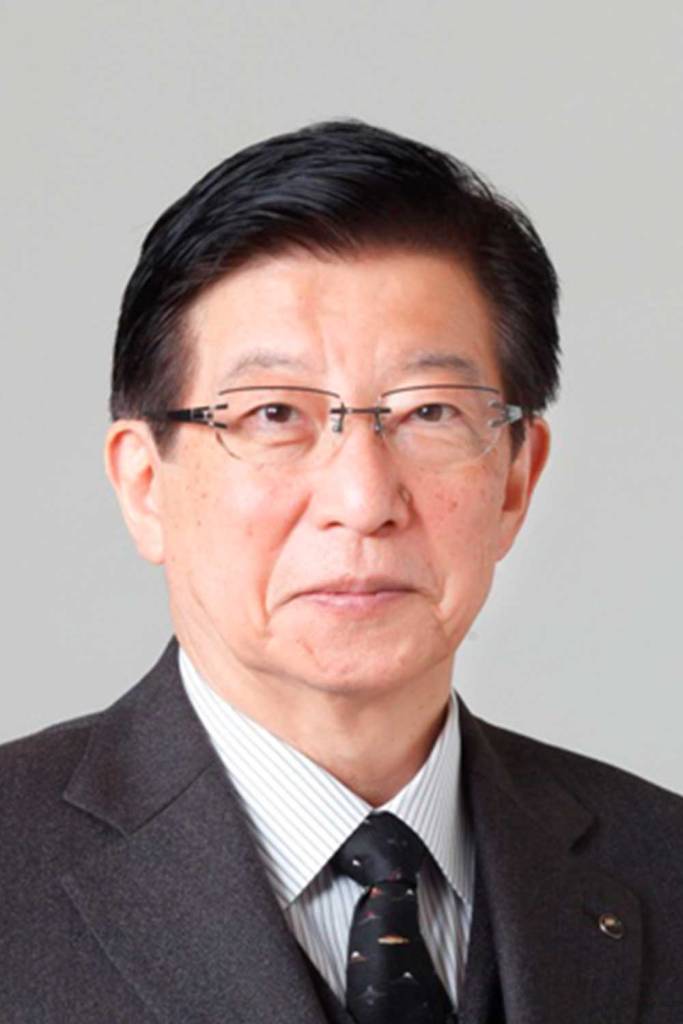Not what they paid for

In December, the Chiba city office of East Japan Railways (JR East) announced a change in the timetable for the Keiyo Line that would start in March. The Keiyo runs from Tokyo Station parallel to the Tokyo Bay shoreline south to Soga Station in Chiba city. It is the train line that services Tokyo Disneyland and the Makuhari district of Chiba, which is the home of Makuhari Messe, one of the metro area’s biggest exhibition and convention facilities. The reason for the timetable change was the removal of the Commuter Express train, which does not make any stops between Shin Kiba Station in Tokyo and Soga, and which operated twice in the morning and twice in the evening. The Commuter Express would be replaced by local trains, which stop at every station on the line, but several Rapid Express trains would be added during off-peak hours in the daytime.
According to the transportation-oriented website Impress Watch, the announcement was met with opposition from local governments affected by the Keiyo Line, including Chiba city’s and Chiba Prefecture’s. In addition, the major media covered the matter with an eye as to how the changes would affect commuters, many of whom demanded that JR East reinstate the Commuter Express. As a compromise, the company added two Rapid Express trains to the morning peak and two to the evening peak, which was highly unusual. Once a railway company changes a timetable they almost never change it back, even partially. However, the compromise may not be enough for commuters who rely on the Keiyo Line to get to their jobs in the capital. In fact, many probably bought their homes on the Chiba peninsula because of the Keiyo Commuter Express, which is why many real estate companies and residential housing developers are nervous about the timetable changes.
JR East told NHK that the number of passengers on the line has decreased by up to 30 percent during peak periods compared to before the pandemic. There are a total of 18 stations on the Keiyo Line, of which 7 are not serviced by the Commuter Express and the Rapid Express. The company thinks that people who live near these stations are inconvenienced by the former express train timetables, and wanted to give them more opportunities to use the line. In addition, local trains have to wait at certain stations along the line for Commuter Express and Rapid Express trains to pass, thus further inconveniencing local train users. Though JR East emphasizes that they’re thinking about local line users, it’s their own bottom line that’s really at issue. Those who use the various express trains to get to work are already locked in as customers, so the strategy of the timetable change is to add passengers by increasing local runs and making them more “efficient” for those passengers. And on paper, at least, the difference in time doesn’t seem that bad. During peak hours, the local train from Soga to Tokyo, and vice versa, takes only 19 more minutes than the Commuter Express.
Read More